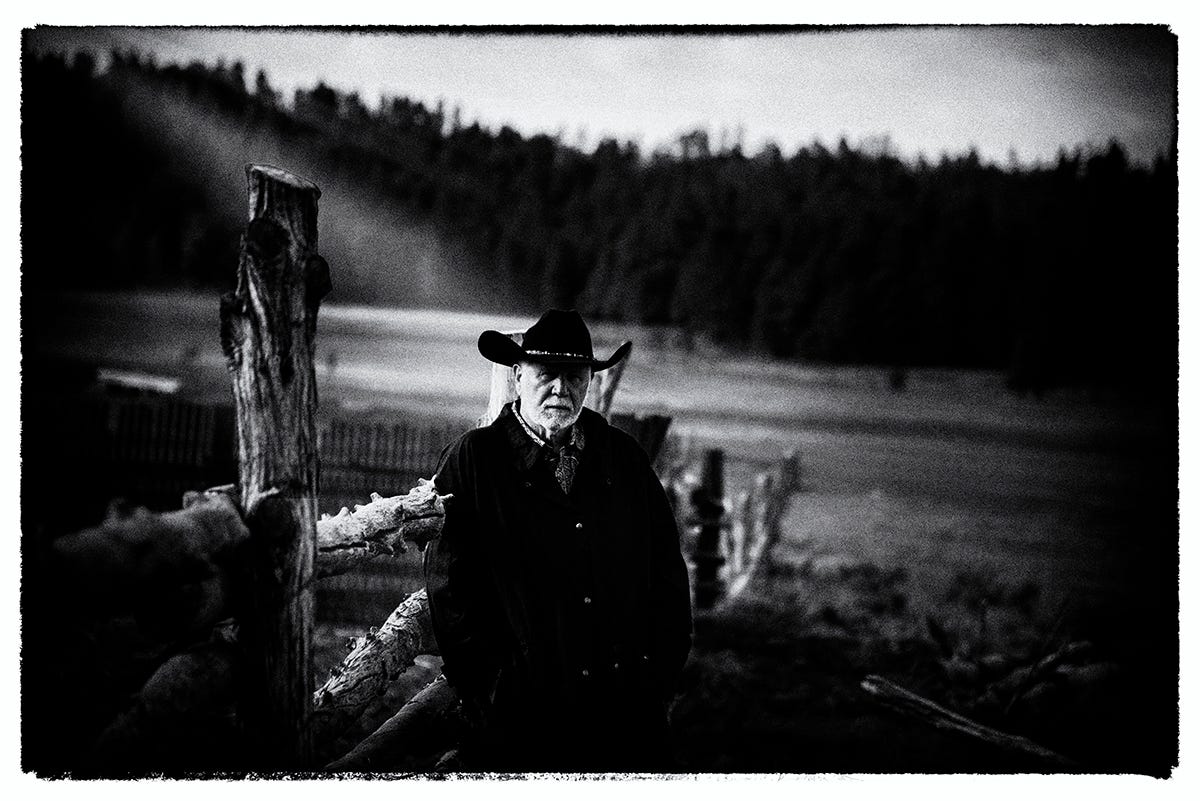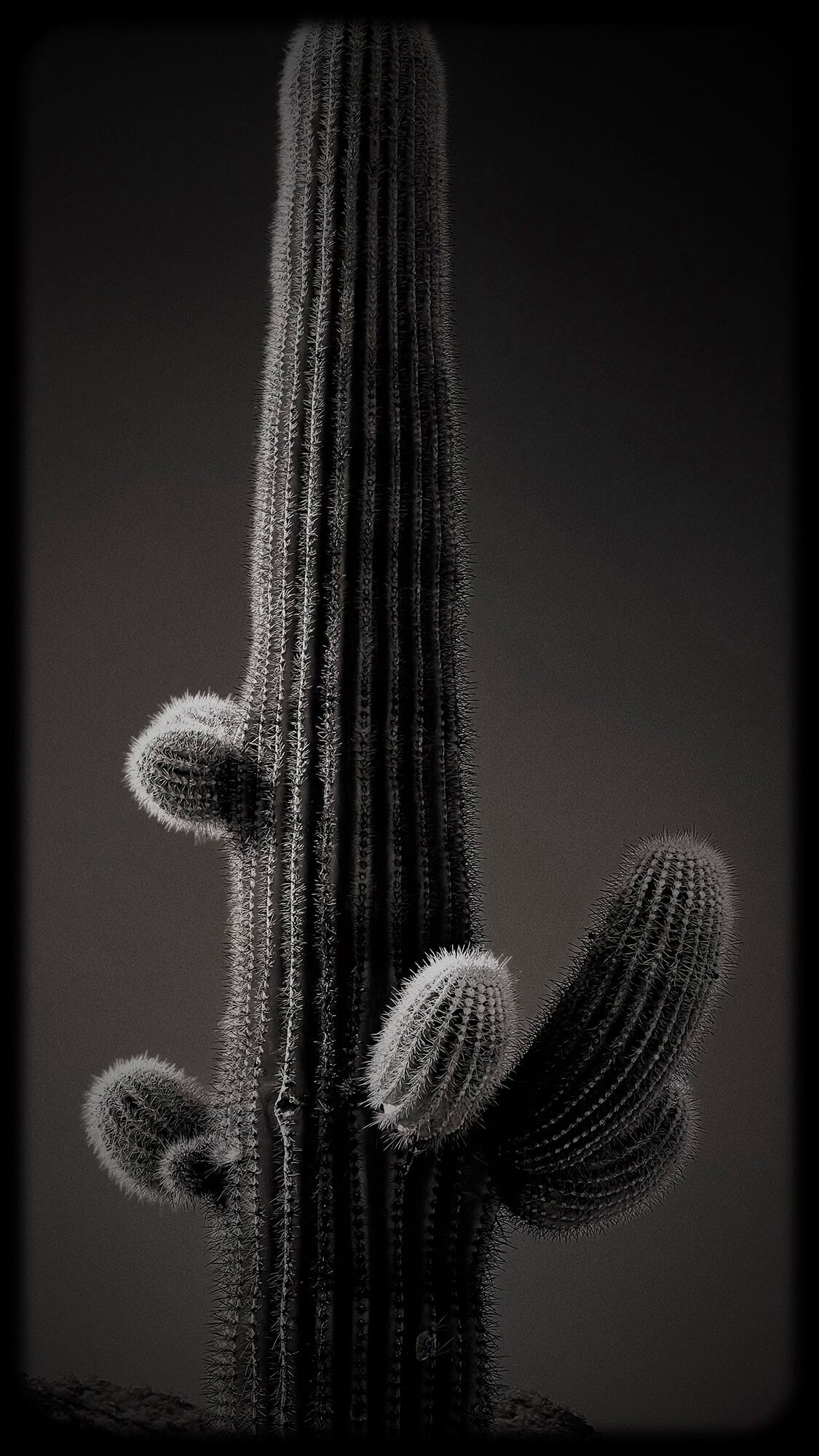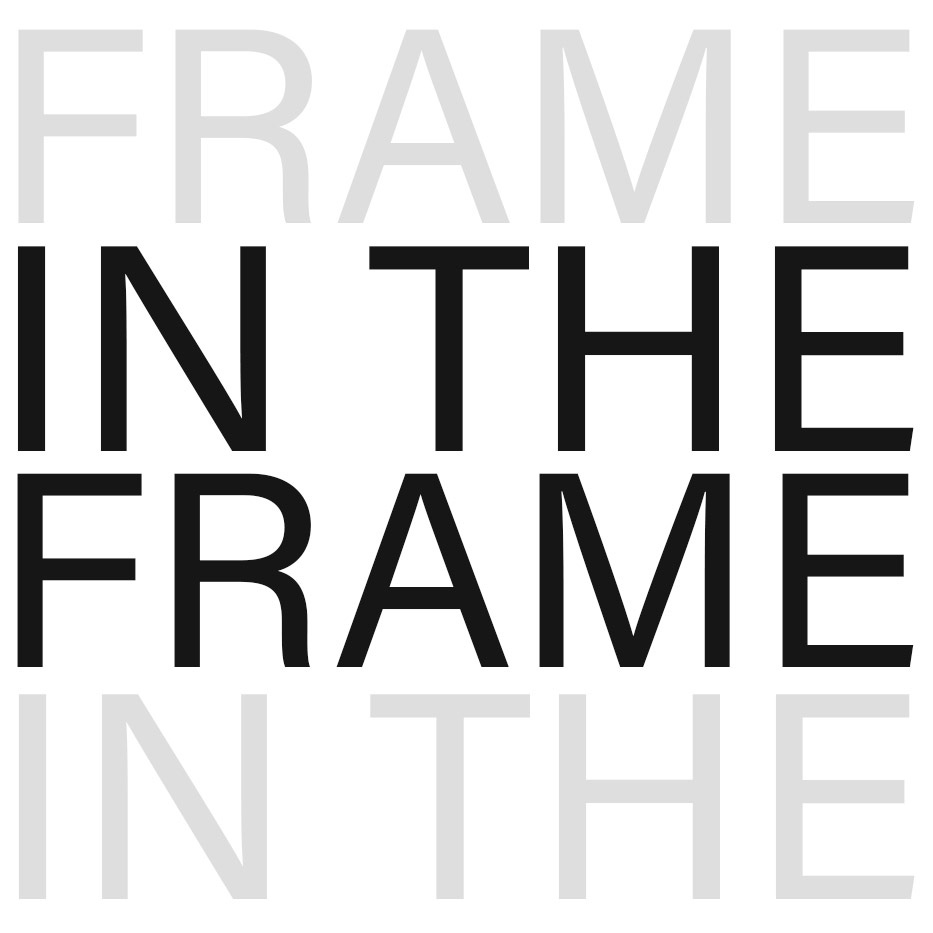The Darkrooms of... Don Giannatti
The Dark Rooms of... is an interview series in which a photographer talks about his or her darkrooms, the digital and the mental, or technical and inspirational. What makes you click?
In this edition of The Dark Rooms of… we focus on American photographer Don Giannatti
By the way, if you haven’t read the previous 11 interviews, you can find them in the archive.
Here we go.
Who are you?
I am a photographer, writer, designer, and composer. I have done all four of those at a professional level. I also ride a motorcycle, play the drums and piano, and own a mule. I have been shooting for over six decades, and have done fashion, beauty, and commercial work in my studio in Phoenix, Arizona. I have written 5 books available on Amazon, and 6 that are not. I live in the desert, travel extensively in the western states of the USA, and am happiest in Wyoming – although only in the summer and fall. Forty below is not conceivable in my mind. I don’t particularly care about stuff that is of no consequence, rarely watch TV, and prefer vinyl over digital when listening to hardcore jazz. I mentor photographers (over forty five years old), teach online, and absolutely love the desert in the mornings. I am building a house and studio along a wash that floods now and then.
Technical
Do you think technique is important?
Yes. And no.
Technique is the ability to achieve the results you want to achieve. Period. If you are a landscape photographer and do not know how to expose in various elements, you need to work on technique. However, technique will never trump the ability to connect. I have been stunned by Polaroids, enamored of “snapshots”, and quite taken by simple images that engaged me emotionally. So while “technique” is certainly important, the ability to connect with the viewer is much more important. A technically good photo can be awful. A photograph that lands emotionally doesn’t need technique to save it. I would rather be gobsmacked by something new, than intrigued by the sharpness or color saturation. That stuff is yawn to me.
What equipment do you use?
Cameras? Oh my. Nikon Digital and film. Canon Digital and film. Hasselblad, Mamiya, and and Bronica MF film kits. Toyo 4x5 and 5x7, and a Deardorff 8x10. But that is just gear. I choose the gear to fit the situation, or the project. For instance, format is not just a size, it is an approach. Some shots scream 8x10 at me, others demand MF, and of course the smaller formats are heavily used. Lighting is Profoto and Godox, assorted stands and tripods to fit the format. Currently I am collecting old digital P&S cameras. I have about 20 of them, and I love the retro look to the captures – and the video sucks so beautifully, if you know what I mean. EDC is a Lumix DC, an iPhone, and an Olympus Half Frame.
And what software?
DXO and Adobe software fill my computers. I do more than photography, so I have the full suite of tools from Adobe. InDesign, Illustrator, and Acrobat Pro are in heavy rotation. I also use DXOs Photolab 8, and absolutely adore the NIK collection. Viveza alone is worth the cost of admission as it is one of the tools that I use consistently. I also adore RNI film emulators. I have a select choice that work as simple color grading approaches to help the images stay cohesive. Topaz’s Gigapixel is a big help with the retro digital images. I am very excited by Apple acquiring Pixelmator – that is a really fun software.
How do you edit your photos?
Lightroom or C1. In my personal work, that may be all I do. I am a purist photographer when it comes to my personal images. If there is a light pole, it stays. Powerlines – yep, they stay as well. I present the image as I see it and as it exists before my lens. For commercial work, I use whatever gives me what I want. Usually it is Lightroom into Photoshop, then corrected with various layers for various uses. I try to keep my projects cohesive with consistent color grading. Now to delay the hate, I am NOT a SOOC fundamentalist. In fact, I don’t worry about that at all. I do whatever I want. After 58 years as a pro, I’ve earned that right.Analog: I shoot mainly BW on the MF cameras, and older processes like Tintype and paper negatives on the large format cameras.
Inspirational
Where does your heart lie?
Storytelling. I want my images to evoke a narrative. Hopefully I can lead the narrative with my work, but if someone looks at an image and it recalls something different within them, then I am happy. Sometimes the stories are micro, sometimes they are grand, but always within me is the desire to connect with the viewer in some way.
Do you have your own style or signature?
I dunno. Maybe. I like minimalism in approach, but occasionally I am drawn to pure texture, age, color, or even the contextual dichotomy presented with a two dimensional image. I am much more of a ‘traditional’ photographer than one drawn to fantasy, or artsy costumes whether on people or on the land. As I travel, I photograph what many people call landscapes, but to me they are metaphorically constructed to tell a story that is beyond that cliff or tree. I am successful on occasion, so I try to do more of that.
Where do you get your inspiration from?
Music. Art. Other photographers. Books. Poetry… life.I’ve lived through a lot of changes in the world, and my inspiration points have changed as well. When I was doing fashion, I was enamored of Lindbergh, Elgort, Liebovitz. Now I lean toward Winters, Kander, and Salgado.
Musically, it is jazz – Coltrane, Miles, Coleman – and contemporary concert music; Carter, Shore, Barber.
I don’t follow trends, am not interested in what is “cool”, and find Instagram to be a total bore. Online I go to Cosmos.io and Booooooom.com to see what’s happening.
Does your project start with an idea or with a loose image?
Both. Always both. I see the images in my head before I connect them to a project most of the time. Rarely do I conceive of a project if I haven’t conceived of an image first. Images conjure up projects faster than I could ever complete them. If I do think of a project first, it is usually because of an image that either popped into my head or was shown to me by someone – possibly a student – and I’m off to the races with idea after idea.Now if I only had the time and assets to do all of the projects I want to do. (And yes, a lot of them involve me, a motorcycle, cameras, and a couple of months on two lanes… What can I say about that?)
When is your project finished?
When I think I have created the story. I have a beginning, a middle, and an end. They are usually not shot in order. I may get the last shot – the closer – on day one. There is usually not a planned number of images, although I do put restraints around the project in other ways. “96” is a four day exploration, as is each day of a motorcycle adventure. “GLOCAS” (Girls Looking Off Camera at Stuff) was ongoing for many years. Shots pulled from other projects and assignments.
During your project, do you already know how it ends?
Sometimes. Most of the time I know what I want to say about the project. I am always involved in context – the most important part of a photograph – and so I can feel the end shot. But never discount the whimsy of the world. Shoot everything, edit later. You never know when that image could come in useful. I do sketch on occasion. Like a storyboard for a project. This keeps me on page when I may drift off into my own self and forget the narrative. It’s OK to drift, but you still have to stay on the road – ya know.
What is your favorite photo and why?
My favorite photo is usually the last one I made. Over the years I have made so many photographs I certainly could not point at one and say – that’s it, that’s the one. I like most of them, and they are OK. But I am probably more excited about the one I just shot, processed, and gazed at.I don’t think I (we?) are supposed to have a favorite photograph. I think it stifles us, creates a gate that keeps us looking at it and thinking “how do I do better”? I just put myself back in front of a lens and bang away, continuing to look for a photograph that matters, that is actually good. Although I take far fewer captures than I used to. That is by design, though. I am becoming more picky, more particular in what I shoot. That may be a stage, I don’t know. It reminds me of the question “how many photographs should you take?” Well, I think it is whether you take the photographs you were meant to take. That is all that matters.
Future
What do you want to achieve
I want to write another book. I want to ride spend a couple of months on the road on my bike. I am 75, so I would like to achieve 76. That’d be good. Even 86… Photographically I want to make portraits of artists who live in the West, as well as spend some time in Mexico. Oaxaca probably. What a splendid looking place.
What do you want to know from others? You may ask one photographer one question. What would that be?
Actually, no, I’m good.
Where can we see more
On my website: https://www.dongiannatti.comMy substack:
Or via https://medium.com/@wizwow
That’s it for this newsletter
Do you like this interview? Start by reading the other 11 interviews in the archive. Do you want to see more? Send my some suggestions for photographers you like to see interviewed at Darkrooms. Of course you can suggest yourself if you have an interesting story to tell.
Till next time,
DARKROOMS is a reader-supported, weekly photography newsletter. If you enjoy this newsletter, the best way to help it grow and support me is by becoming a free subscriber to receive new posts (or upgrade to support my work)









Impressive. Very interesting.
Really enjoyed this. Inspiring to see and learn from the work of other photographers.